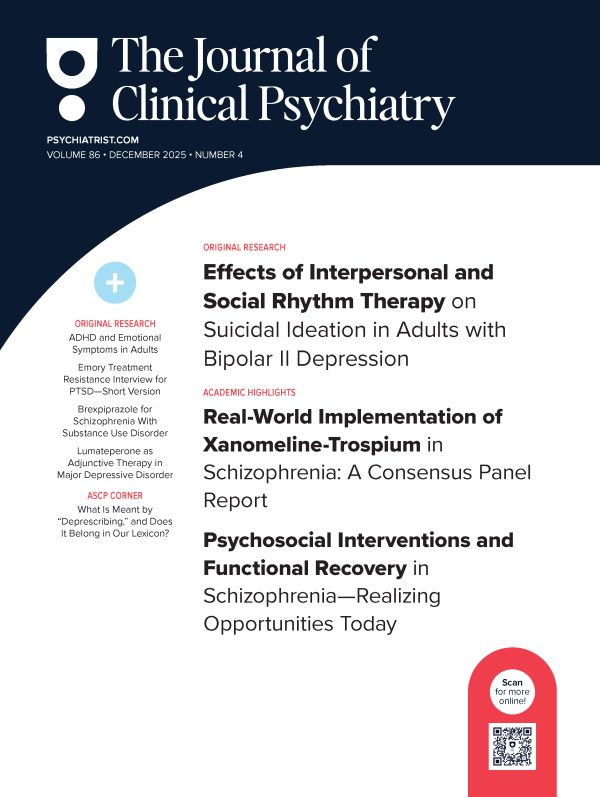Background: Mirtazapine is a novelpiperazinoazepine antidepressant, unrelated to any known class ofantidepressants. Currently, apart from a few case reports andcase series in the literature, there are no studies evaluatingthe safety of this drug during pregnancy.
Objective: To determine whether mirtazapineincreases the risk for major malformations in newborns when usedby pregnant women.
Method: The study design was prospective, with 2comparison groups: disease-matched pregnant women diagnosed withdepression taking other antidepressants and pregnant womenexposed to nonteratogens. The primary outcome was majormalformations in neonates; secondary endpoints includedspontaneous abortions, therapeutic abortions, gestational age atbirth, and mean birth weight. Women were recruited from 5teratogen information services in Toronto, Canada; Farmington,Conn., U.S.A.; Jerusalem, Israel; Rome, Italy; Sydney, Australia;and from the Drug Safety Research Unit in Southampton, UnitedKingdom. Women were recruited into the study from June 2002 toAugust 2005.
Results: We were able to follow 104 pregnancyoutcomes in each drug group. There were 77 live births, 1stillbirth, 20 spontaneous abortions, 6 therapeutic abortions,and 2 major malformations in the mirtazapine group. The mean ± SDbirth weight was 3335 ± 654g and the mean ± SD gestational age atdelivery was 38.9 ± 2.5 weeks. Most (95%) of the women took mirtazapine in the first trimester, but only 25% of the womentook it throughout pregnancy. The differences among the 3 groupswere in the rate of spontaneous abortions, which was higher inboth antidepressant groups (19% in the mirtazapine group and 17%in the other antidepressant group) than in the nonteratogen group(11%), but none of the differences were statisticallysignificant. The rate of preterm births (prior to 37 weeks’gestation) was also higher in the mirtazapine group (10%) and inthe other antidepressant group (7%) than in the nonteratogengroup (2%). The difference was statistically significant betweenthe mirtazapine group and the nonteratogen group (p = .04).
Conclusion: Mirtazapine does not appear toincrease the baseline rate of major malformations of 1% to 3%.However, the higher number of spontaneous abortions in theantidepressant groups confirms the higher rates of spontaneousabortions in pregnant women taking antidepressant medicationsfound in previous studies.
Members Only Content
This full article is available exclusively to Professional tier members. Subscribe now to unlock the HTML version and gain unlimited access to our entire library plus all PDFs. If you’re already a subscriber, please log in below to continue reading.
Please sign in or purchase this PDF for $40.00.
Already a member? Login


